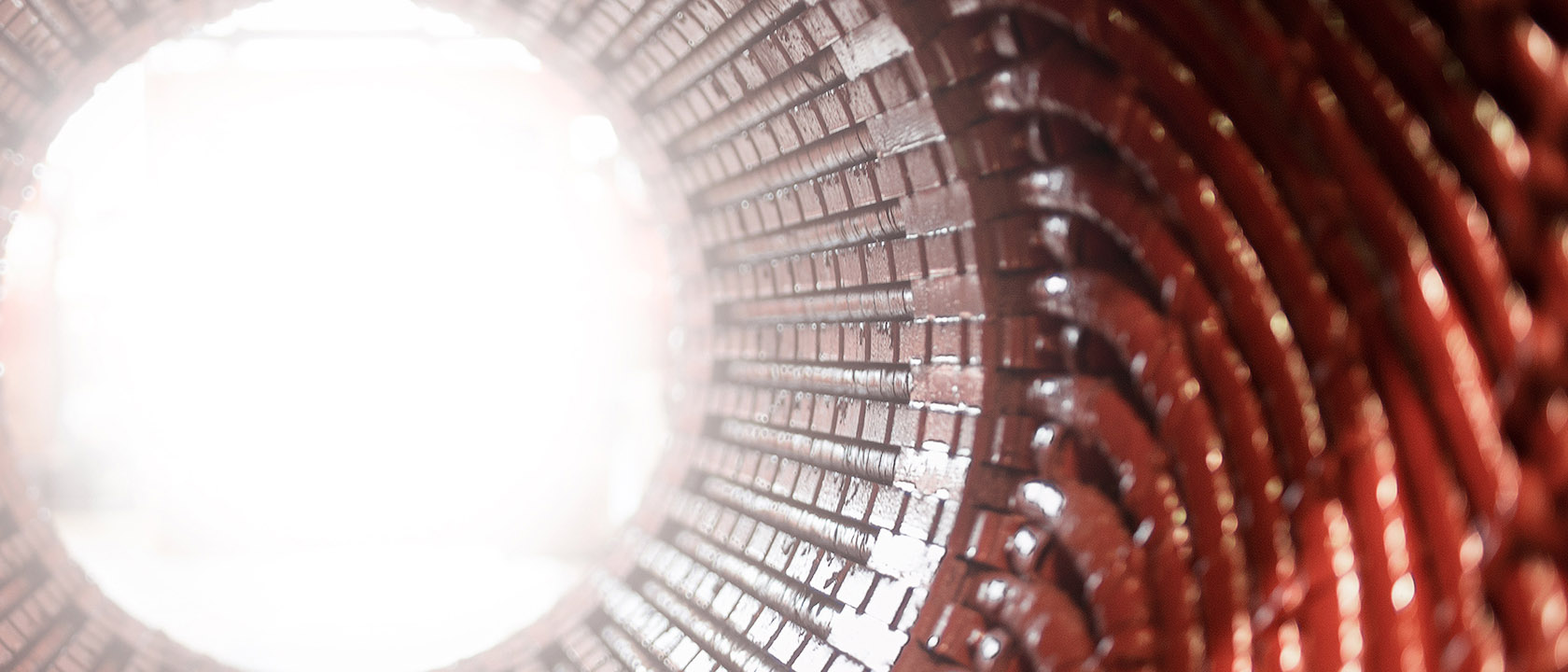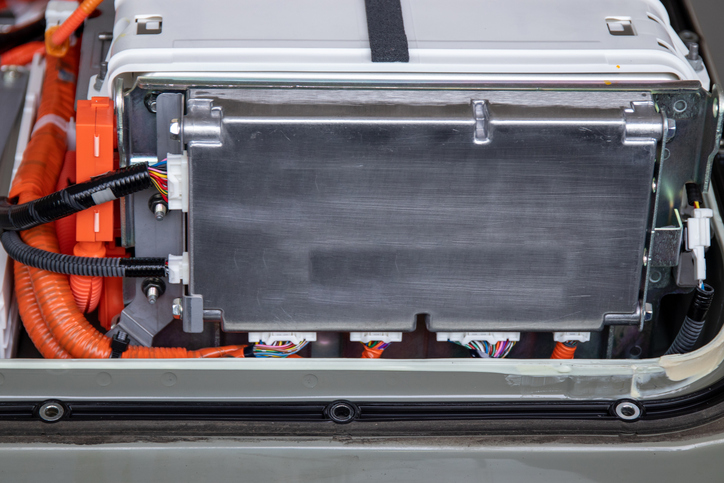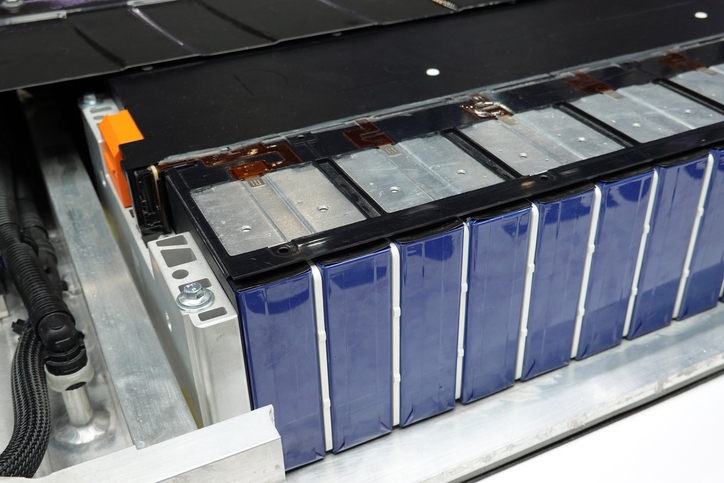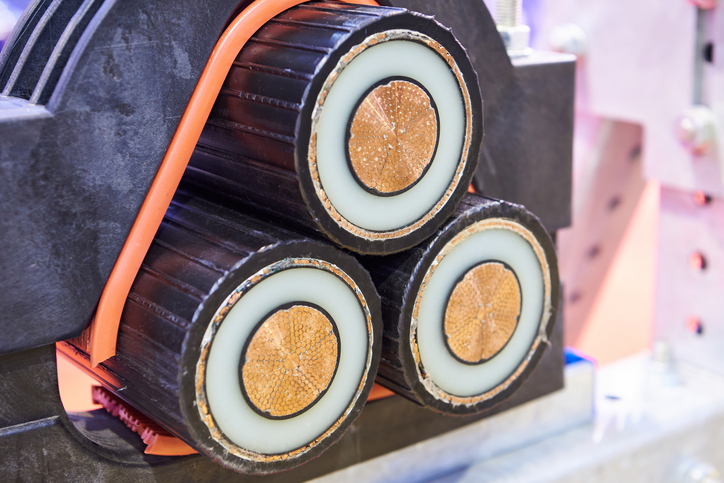Electrolock has been supplying some of the highest quality mica insulation tapes to some of the largest OEMs for decades. These relationships stem from the large knowledge base available from our engineers to the president of our company. We strive for excellence at every turn and work directly with our customers to ensure our products meet their specific application requirements. We can do this effectively because of our 60+ year history of serving the high-voltage motor and generator manufacturers and the wire and cable manufacturers that make the electricity we use every day a consistent and reliable resource.
Below is a breakdown of the types of mica used in modern coils, written by President of Electrolock, Joe Williams III.
Types of Mica Typically Used in Medium and High Voltage Coils
Nearly all medium and high voltage coils use muscovite mica because of its higher electrical purity. Most muscovite mica (and I would argue the best muscovite mica) comes from India. There are two ways to process the original chunks of muscovite mica: a calcined process and an uncalcined process. Both mica processes produce high voltage mica tapes that exhibit high breakdown voltages, good voltage endurance, and low dissipation factors. While both tapes have sufficient electrical properties, in general, calcined muscovite exhibits slightly higher breakdown, and uncalcined muscovite mica typically has greater voltage endurance.
Calcined Muscovite
In the calcined process chunks of flake muscovite are passed through a high-temperature rotary kiln (sometimes called a rotary calciner) and the tumbling heat breaks some intermolecular bonds exfoliating the flake and allowing for various mixing equipment to produce very small mica flakes. These tiny, calcined muscovite flakes have a very small diameter to thickness ratio. When made into a paper and then high voltage ground wall insulation the calcined mica paper tapes exhibit a high voltage breakdown.
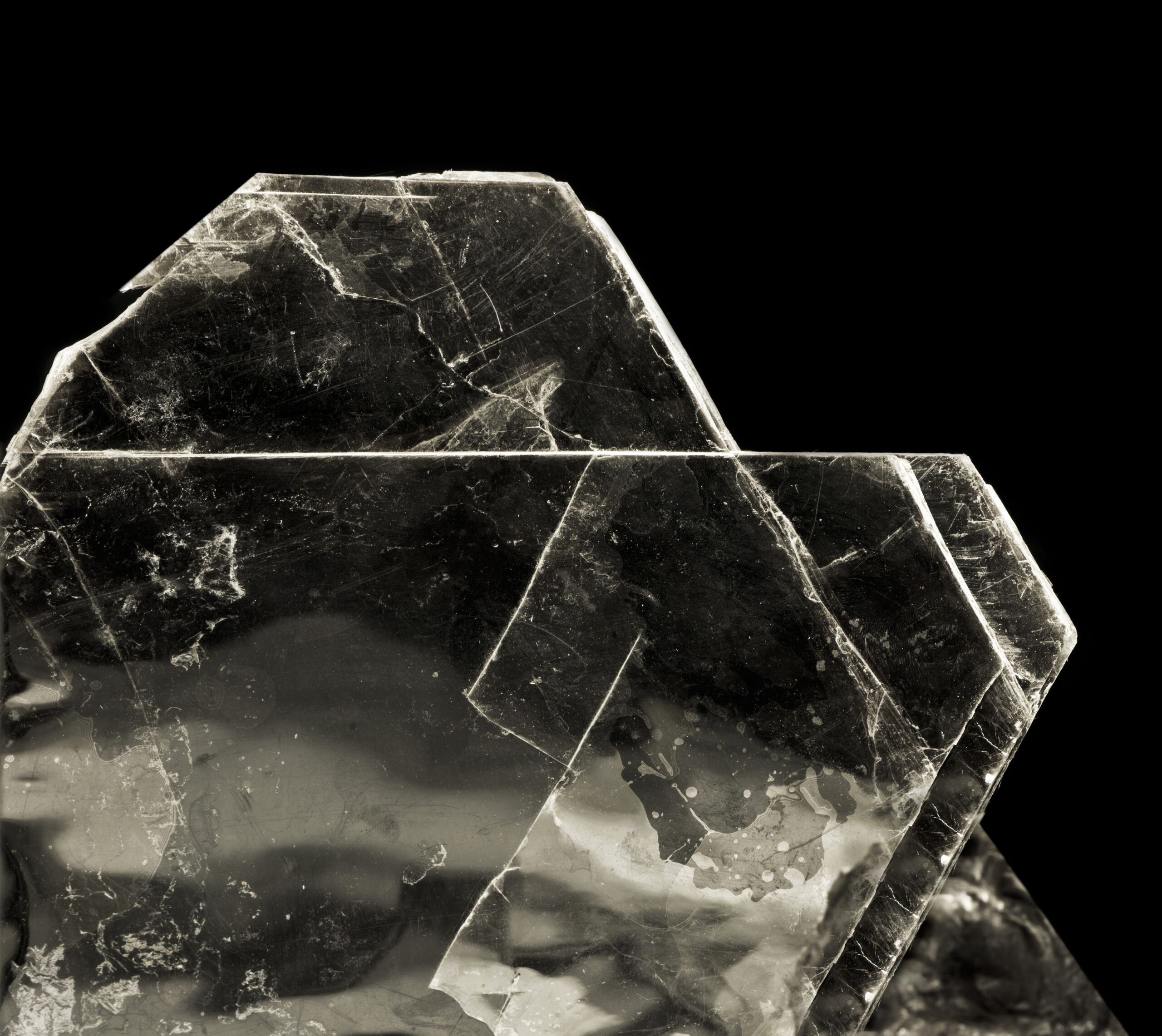
Uncalcined Muscovite
Under the uncalcined process the chunks of flake mica undergo an ablative process of high-pressure water jets that break up the rock in small mica flakes with a high diameter to thickness aspect ratio. These flakes are then screened and segregated by size to assure a consistent mica paper with the proper aspect ratio of flake diameter to thickness. Mica tapes made with uncalcined mica paper exhibit longer voltage endurance because of the longer tracking path around the larger aspect ratio flakes. There is also more mica per given thickness when compared to calcined papers.
Popular Uses
It should be stressed that you can make very acceptable high voltage insulations with either mica tapes but they do have their preferred intended uses. Calcined mica is generally preferred in medium voltage vacuum pressure impregnation coils and is often made with higher binder contents. In medium-voltage coils impregnation is easier because of the lower insulation builds. The calcined mica tapes with higher binder content are more durable, easier to tape, and voltage stress is typically much lower making voltage endurance requirements easier to satisfy. Calcined muscovite mica is also preferred in most resin-rich tapes for both medium and high voltage coils because the smaller aspect flakes are less susceptible to blocking in self-wound resin-rich tapes.
Uncalcined mica tapes are predominantly used in the high voltage vacuum pressure impregnation process. These uncalcined mica tapes are typically made with very low binder contents around 8% by weight. These low binder tapes are more fragile and typically applied with robots where the taping tension and taping angles are more controlled and consistent. The advantage of the low binder high aspect ratio mica flake tapes is their easier impregnation through thicker ground walls and higher voltage endurance when voltage stress is greater. There are new resin-rich tapes on the market taking advantage of the increased mica to thickness ratio, however as mentioned blocking can be a topic, so it is very important to take special care during manufacturing and taping.
Both mica tapes have been used successfully for decades in many different applications and designs. Understanding the slight benefits of each can help distinguish which might be best for your specific application.
Be sure to check out our product offerings for motor and generator coils as well as our wire and cable tapes.
If you have any questions about the content in this article, drop us a line and we would be happy to discuss it with you.

